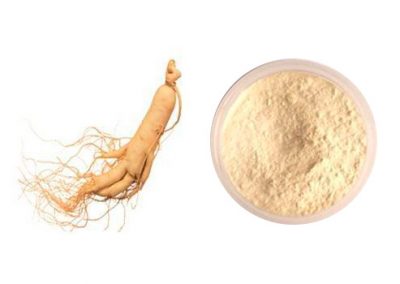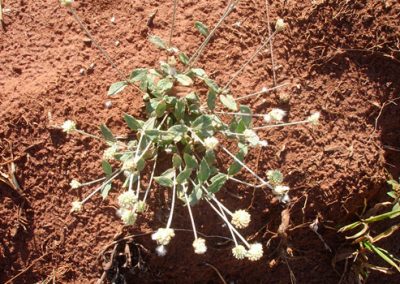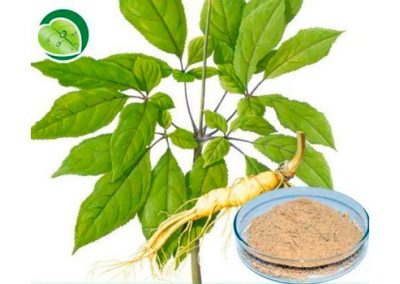Suma
Pfaffia paniculata
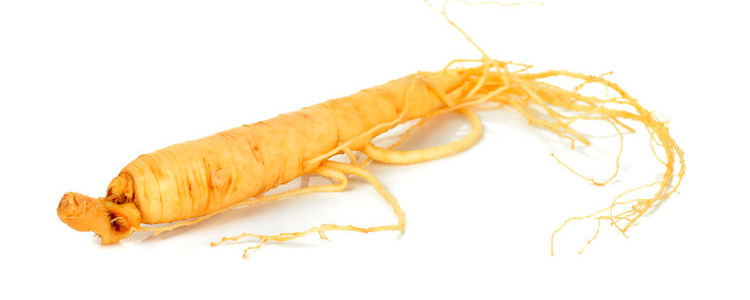
Authors:
Ingrid Naiman
Adrián Rivera Flores
Common Names: Suma, Brazilian Ginseng
Portuguese Alternate Name: Pfaffia, “Para tudo”
Natural Habitat: Amazon basin and other tropical regions of Brazil, Ecuador, Panama, Paraguay, Peru, and Venezuela
Part Used: Roots
Preparations: Root powder and liquid extracts
.
Suma is an adaptogen, meaning that it supports stamina and eases stress-related conditions. The regional nickname meaning “for everything” suggests that the roots are a panacea, a cure all, but the traditional uses tended to support reduction of inflammation and pain as well as use as a tonic for both the male and female reproductive systems. Its use with cancer is relatively more recent.
Suma was originally introduced to North America as a female tonic and was often recommended for PMS and other hormonal-related conditions. However, it quickly gained a reputation as an equally beneficial tonic for men, including testosterone-related issues such as libido and male fitness in general.
Where cancer is concerned, attention was focused initially on the adaptogenic properties and the capacity to ease stress, lower blood pressure, and perhaps reduce the likelihood of developing cancer. Then, it was studied as an aid to woumd healing in general.
Formal studies involved tests on estrogen-sensitive tumors, a logical step for an herb with a reputation for balancing sexual hormones. The studies are very promising:
https://www.ncbi.nlm.nih.gov/pubmed/18485683
Most studies have been done on laboratory animals or in petri dishes, but indications are that suma supports the immune system, helps to normalize blood pressure, alleviates anemia, and reduces pain and inflammation. Some are claiming suma is a panacea, but optimistic as researchers are, there is still much more to be learned. In the meantime, suma seems like a candidate for those with hormonal imbalances of both the female and male reproductive systems, and it seems to be able to thwart replication of malignant cells.
Traditionally, suma is generally used as a powder. Boil 10 grams in a liter (quart) of water and drink two cups per day. The taste is quite bitter and some prefer to encapsulate the powder. Modern day herbalists generally prepare the herb as as alcohol extract.
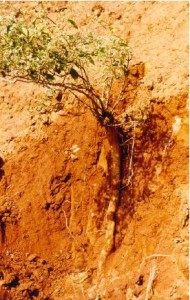
Suma Root
Suma is a vine and requires full sun for optimal growth. It grows relatively fast and tolerates poor soil. It is hardy and will survive without much care.
Image: http://www.usp.br/agen/?p=12717
https://www.sciencedirect.com/science/article/abs/pii/S0024320505008611
http://www.rain-tree.com/suma.htm#.W-W7tJNKiUk
http://www.rain-tree.com/reports/suma-tech.pdf
Image Credits
Many experts throughout history have regarded cancer salves and pastes as the most thorough, safe, and efficacious way to treat cancer, especially skin and breast cancers but also cancers of other organs. In this book, Ingrid Naiman meticulously traces the use of such products in ancient India and by Hildegard of Bingen, Native Americans, and modern physicians. She provides detailed instructions for making and using the salves, a fair comparison of the pros and cons, and eight pages of color pictures showing responses to the products. Visit her Cancer Salves site for more information, answers to frequently asked questions, and a checklist for people facing cancer.
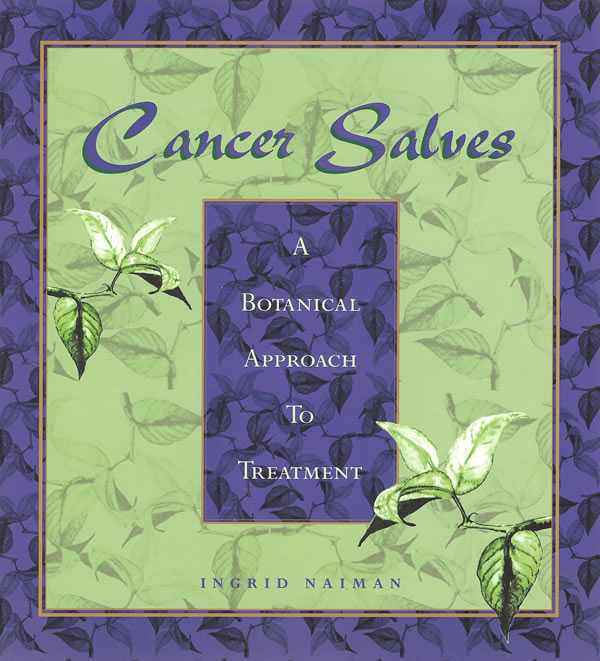
Cancer Plants
Donations
Your donations are greatly appreciated.
Information
Newsletter
To be notified of new posts to this site, please subscribe, using the link button below. You can cancel your subscription at any time you choose.
Copyright by Dr. Ingrid Naiman 2003 and 2018
All Rights Reserved || Institute for Invisible Epidemics

